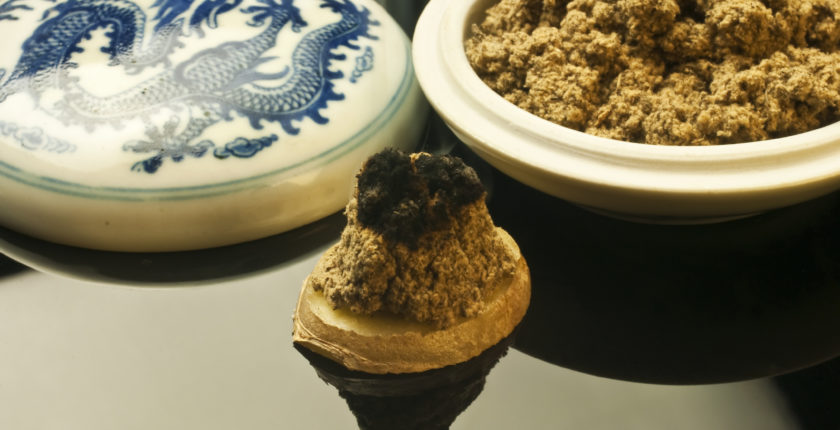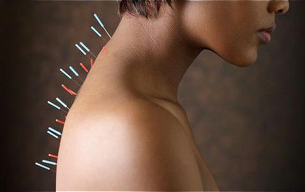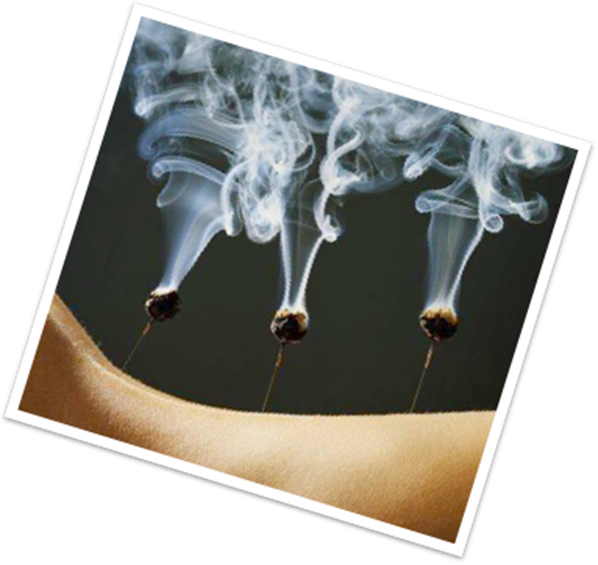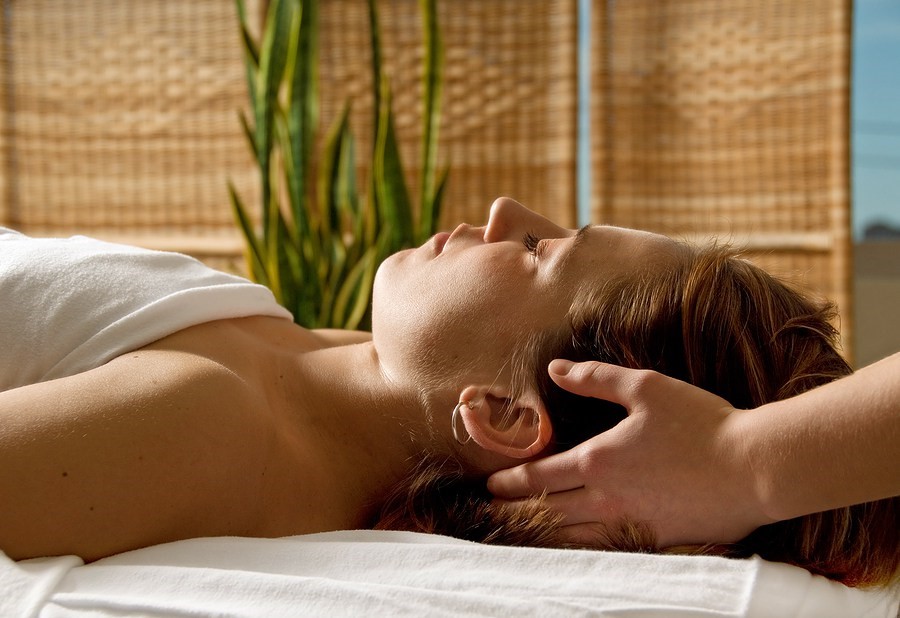Integrative Massage Techniques and Complementary Alternative Medicine
- August 31, 2018
- Posted by: claudine
- Category: Chinese medicine in massage Massage Techniques

Integrative Massage Modalities: Acupuncture, Moxibustion, and Reiki
As a student of massage therapy, there’s a lot to learn. You have to master the fundamentals of human anatomy, understand how to incorporate various soft tissue manipulation techniques into a complete massage session, and learn how to perform a client intake and formulate a comprehensive treatment plan for each individual client. And these items only the scratch the surface of the amount of information you’ll need to delve into if you want to become a well-rounded, knowledgeable, and capable massage professional.
As part of your massage education, you’ll be exposed to a number of different techniques and approaches to massage. These can include things like Swedish massage, deep tissue massage, sports massage, and more. But in addition to these more standard forms of massage therapy, most massage education programs will also provide at least a cursory overview of alternative therapies. Complementary alternative medicine is something that many massage therapists find themselves interested in, and it’s not uncommon for clients to seek out integrative therapies such as acupuncture, reiki, moxibustion, and more in combination with the massage therapy they’re already receiving from you.
Some massage therapists take so much interest in these alternative therapies that they seek out an entirely separate course of education in them, which ultimately allows them to offer these services as fully integrative modalities in combination with massage therapy. Even if you don’t go this route, though, it’s important to understand what these therapies are, how they’re supposed to work, and what benefits they may or may not offer to your clients. You may not have the knowledge or qualifications to offer these services yourself, but many of your clients will seek them out as part of their individual health and healing journey. The more you understand about these integrative massage modalities, the better you’ll be able to communicate with your patients about the care they’re receiving.
Just as importantly, too, the Massage & Bodywork Licensing Examination, or MBLEx exam, contains test content related to complementary alternative medicine (CAM). This means that as part of the MBLEx review that you’ll need to do in preparing for the exam, you’ll want to ensure that you refresh your memory when it comes to these integrative massage modalities. While the MBLEx doesn’t generally contain detailed test, questions related to the actual application of these integrative techniques in a clinical setting, there is a chance that you’ll encounter definitional questions related to what these complementary alternative medicine therapies are and how they’re supposed to work. This makes it important to learn as much as you can about acupuncture, reiki, moxibustion, and other integrative techniques as part of your MBLEx review.
In this blog post, we’ll take a look at three common forms of complementary alternative medicine which are sometimes integrated with massage therapy: acupuncture, moxibustion, and reiki. Once we’ve looked at each of these integrative techniques individually, we’ll discuss the best way to review the content of the MBLEx exam — including the section that covers integrative massage techniques — so that you can prepare yourself for the licensing and certification process.
Ready to learn more about integrative massage modalities? Let’s get started.
 Acupuncture
Acupuncture
While many of us are at least familiar with the idea of acupuncture, we may not know much about the specifics. Understanding more about how acupuncture works and what issues it can help with will aid you in becoming a more informed practitioner of massage therapy.
Acupuncture as a health care modality has been around for many hundreds of years. At the most basic level, acupuncture involves inserting very thin needles through the surface of a person’s skin. These needles are placed at varying levels of depth and in specific locations (called “acupoints”) according to the treatment approach being taken by a particular practitioner. The needles are often left in place for an extended period of time, such as 20 to 30 minutes. Some practitioners use a relatively small number of needles in a given session, while others tend to use a larger number of needles on each patient. There are different schools of thought when it comes to acupuncture, each of which takes a somewhat different approach to diagnosing and treating patients.
According to traditional Chinese medicine, acupuncture operates based on the principles of a kind of energetic anatomy. Traditional Chinese medicine understands the human body as comprised not only of physical material such as bones, muscles, blood, skin, organs, and so on, but also of an energetic life force known as “qi” (pronounced “chee”).
In the same way that the body’s physical systems must perform specific functions and operate in a certain way if a person is to experience a state of health, Chinese medicine argues that the body’s qi must be harmoniously balanced in order to achieve optimal health from an energetic standpoint. And since qi is considered to be foundational to the organization and structural integrity of the body’s physical systems, treating the body at the level of its qi will then purportedly have a healing effect on physical structures that are imbalanced or exhibiting signs of illness.
According to the National Center for Complementary and Integrative Health, acupuncture has been proven to help in cases of headache or migraine, knee pain, osteoarthritis, neck pain, and back pain.
Meanwhile, the World Health Organization went much further in 2003 by claiming that acupuncture has been proven through controlled trials to be an effective treatment for a long list of diseases and symptoms, including (but not limited to):
- Allergic rhinitis
- Depression
- Dysmenorrhea
- Headache
- Hypertension
- Hypotension
- Low back pain
- Morning sickness
- Nausea and vomiting
- Pain related to dentistry (including dysfunction of the temporomandibular joint, or TMJ)
- Postoperative pain
- Rheumatoid arthritis
- Sciatica
- Sprain
- Stroke
…and many more.
As a massage therapist, you may encounter clients who have undergone or are currently opting to undergo acupuncture therapy in combination with massage therapy and other modalities. Acupuncture is commonly sought out by people experiencing various forms of chronic pain, including lower back pain, neck pain, shoulder pain, and so on. This isn’t surprising, given acupuncture’s reputation for being an effective means of reducing and controlling chronic pain caused by a variety of sources.
Some practitioners who are trained and licensed to perform both massage therapy and acupuncture will combine the two modalities into an integrative treatment approach. This can be particularly effective for certain patients. Proponents of combining acupuncture and massage often argue that each one provides something that the other lacks. Acupuncture allows the practitioner to pinpoint specific sources of pain, while massage gives the practitioner the opportunity to physically manipulate tissue in a way that acupuncture can’t. When combined, the results of such an integrative approach can be excellent.
Moxibustion
Moxibustion is often used in combination with acupuncture needles, and is generally considered to be subsumed under the banner of acupuncture and Chinese medicine. In other words, it’s less common to find someone using moxibustion who isn’t otherwise trained in the use of acupuncture and Chinese medicinal modalities.
What is moxibustion? Simply put, moxibustion involves the burning of dried herbs on or close to the skin’s surface. The herb commonly used for moxibustion is Chinese Mugwort, known by the Latin name Artemisia vulgaris. Mugwort can be rolled into moxa sticks (which look somewhat like incense sticks), made into cones that are then placed directly on the body, or used in a number of other forms.
As with the placement of acupuncture needles, moxibustion is done in accordance with Chinese medicinal theory. This means that moxibustion points are often selected based upon the location of specific acupoints. Moxibustion is also sometimes done along specific “channels” or “meridians” on the body, meaning imaginary lines that connect specific groups of acupoints. By burning moxa along these points, the practitioner’s aim is to reinvigorate the body’s qi and encourage its healthy flow through the body’s energetic channels, or “Jing Luo” in Chinese. A commonly held belief amongst Chinese medical practitioners is that disease is often directly connected to the stagnation of qi within the body, and moxa is capable of unblocking this stagnation and restoring normal patterns of qi flow.
Moxa is often used in combination with acupuncture, as moxibustion and acupuncture needles can serve complementary functions as part of an overall treatment strategy. Moxa is generally thought of as adding energy and warmth to the body, something that can be done in conjunction with the insertion of acupuncture needles for maximum effectiveness.
Reiki
Reiki is a healing technique of Japanese origin, commonly used to reduce stress, aid in relaxation, and promote healing.
Much like Chinese medicine, reiki operates according to the belief that the body is imbued with an energy or life force. The Japanese word for this energy is “ki,” and uses the same character as the Chinese word “qi.” The term “reiki” is comprised of this word, ki, in combination with “rei,” which is often translated as “spirit” or “soul.” “Reiki” is therefore often translated as “soul energy,” “spiritual energy,” or “miraculous energy.” Reiki as a healing art is attributed to Mikao Usui, who developed the therapy in 1922 and taught it to more than 2,000 people before passing away.
During a typical reiki session, the client will usually remain fully clothes and lie down on a massage table. The reiki practitioner then lays their hands on the client in various locations on the head, the front of the torso, and the back of the torso. There is generally no pressure used, and some practitioners will opt to perform reiki by holding their hands slightly away from the surface of the skin rather than making physical contact. Somatic sensations vary from person to person and session to session, with some people reporting feelings of warmth, relaxation, or calmness.
MBLEx Review
The integrative massage techniques we’ve covered here only represent a sampling of the totality of complementary alternative medicine. However, these techniques are commonly encountered in combination with massage therapy, and it’s not uncommon for clients to seek out these complementary therapies in addition to seeing you for massage therapy.
Perhaps after learning more about acupuncture, moxibustion, and reiki, and your interest has been sparked. Maybe you’re considering pursuing further education on one of these integrative massage techniques so that you can incorporate it into your daily massage practice. If so, that’s great! The more diversified your tool kit is as a massage therapist, the more options you’ll be able to offer to your clients when it comes to helping them on their journey towards health and healing. Studying alternative forms of therapy is also a great way to broaden your horizons as a massage therapist, as it will allow you to better understand where a client might be coming from in terms of their past experiences with various health practitioners.
That said, understanding as much as you can about acupuncture, reiki, moxibustion, and other integrative massage techniques is still important even if you’re not planning to pursue study of them for the sake of integrating them into your own practice. Why? Because these items can show up on the MBLEx test as part of the content you’ll need to know in order to obtain your license.
With this in mind, it’s important to ensure that you study for the MBLEx using an MBLEx review program that incorporate these topics into your study plan, along with everything else that will be covered on the test. If you’re looking for a comprehensive MBLEx review program that’s affordable, engaging, and highly effective, look no further than Bamboo™! We offer an unlimited number of opportunities to take MBLEx practice tests — and practice tests are the best way to prepare for a standardized test like the MBLEx. Our MBLEx review also gives you the chance to review materials that you may have forgotten, ensuring that you have the opportunity to go through everything that might be covered on the exam before the day of the test.
Are you ready to get started with studying for the MBLEx? Click here to learn more about our affordable pricing.
